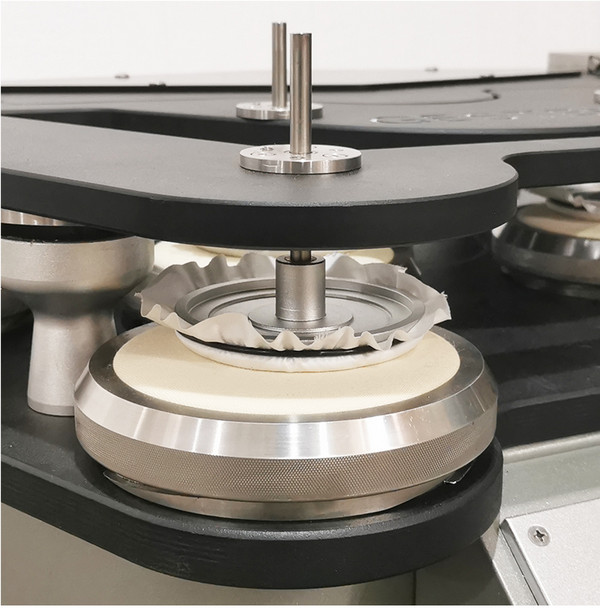- Qinsun Instruments Co., Ltd.
- Tell:+86-21-6780 0179
- Phone:+86-17740808215
- Address:No. 2578 Minhang District Gu Dai Road, Shanghai
- Contact:Mr. Li
- QQ:846490659
Definition and measurement method of ZETA potential

ZETA potential refers to the potential of the shear plane, also known as electromotive force or electromotive force( ζ- Potential or ζ- Electric potential is an important indicator of the stability of colloidal dispersion systems.
At present, the main methods for measuring Zeta potential include electrophoresis, electroosmosis, flow potential, and ultrasound, among which electrophoresis is the most widely used.
Due to the surface charge of dispersed particles, they attract surrounding anti ions, which are distributed in a diffusion state at the interface of the two phases, forming a diffusion double layer. According to the Stern double layer theory, the double layer can be divided into two parts, namely the Stern layer and the diffusion layer. The Stern layer is defined as a planar layer composed of an ion (IHP or OHP) charge center adsorbed on the surface of an electrode. The potential of this planar layer relative to a point in the fluid away from the interface is called the Stern potential. The interface between the stationary layer (including the Stern layer and some diffusion layers within the sliding surface sliding plane) and the dispersed medium in the diffusion layer when they move relative to each other is the sliding plane, where the potential at a certain point in the fluid away from the interface is called the Zeta potential or electromotive potential( ζ- Zeta potential is the potential difference between a continuous phase and a fluid stable layer attached to dispersed particles. It can be directly measured through electric phenomena.





